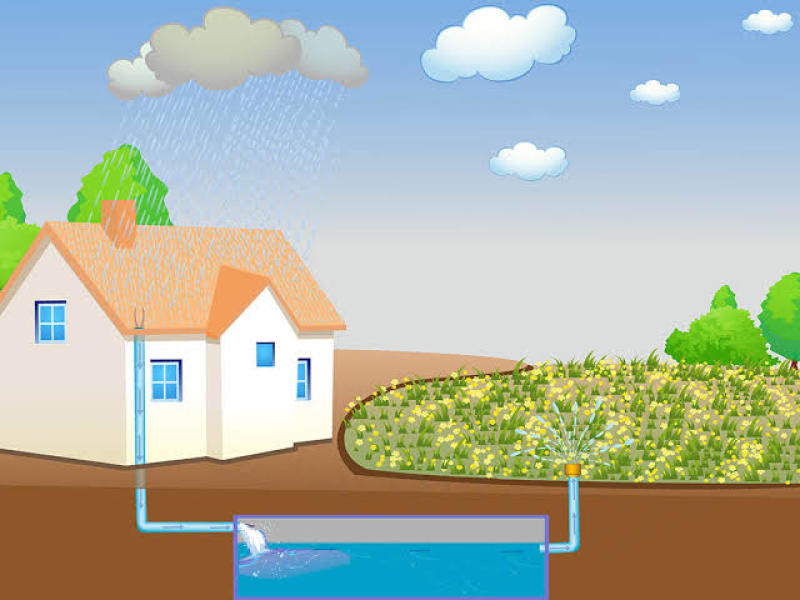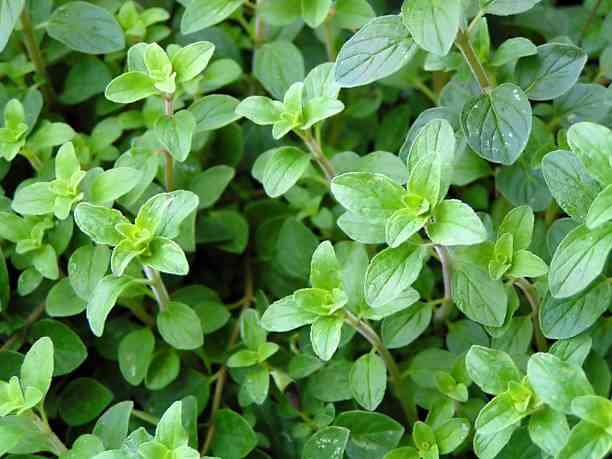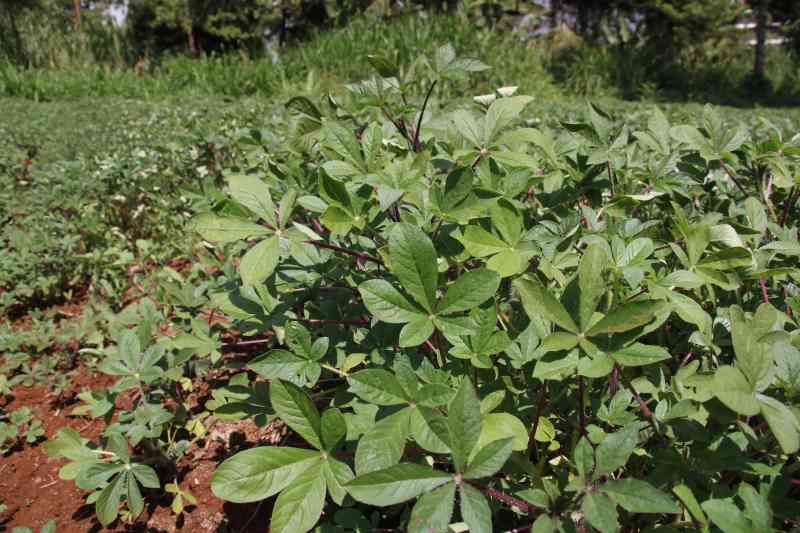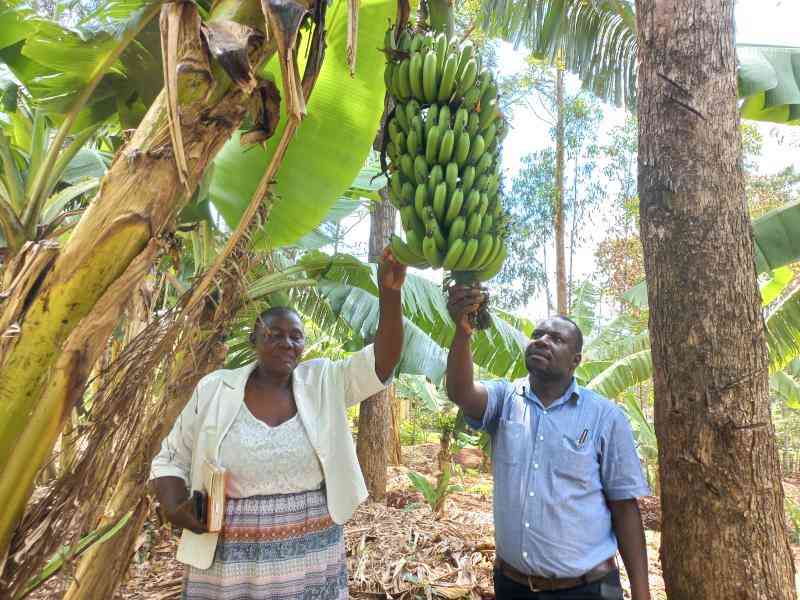
The rains have been at it for a while now and the talk on some lips is ‘could these rains stop for us to enjoy the holidays”.
But what many fail to realise is that soon the dry season will set in and the cycle will start. So how about being smart and embracing water harvesting this season to be on the safe side come drought?
Why water harvest is critical
Rain-fed farming, dominant among farmers, is under serious threat from climate change and it is no longer sustainable.
The increase in temperatures over the years has made it close to impossible for plants to survive without reliable water supply. But this much needed water is hard to come by and so when it rains, it must be harvested and stored for future use.
Rain harvesting is a simple and low cost technology that requires simple tools— your roof and a collecting container or space.
The beauty of harvesting rain water is that it addresses surface runoff and reduces soil erosion. It can be the solution in areas where there is enough rainfall but limited supply of ground water.
If all the water that runs off the surface when it rains could be harvested, food and water insecurity would be completely tackled.
Drought and communities going. Though it may look like a small affair given its non sopisticated nature, you will be surprised that rainwater harvesting yields volumes and volumes of water.
For instance, from an average rainfall of 1,000mm, it is estimated that 4 million litres of water can be collected from an acre of land.
Very affordable
Harvesting rain water is the most dependable method for augmenting the ground water level. Rain water is ideal for irrigation since it is free from minerals, chemicals and salts found in piped water.
Harvested rain water is cost-effective as it only requires initial costs of constructing or buying of the storage facility.
Harvesting rain water prevents soil erosion and floods by channelling it to the storage facility other than letting it run or gather in one open place.
In many areas, where water is scarce, using rain water eases demand on piped water as the harvested lot can be used for non-drinking purposes like feeding animals. Harvested water can be stored for long hence helping the farmer in the dry season.
Rain water harvesting can be achieved using either in situ or ex situ methods.
In situ methods involve strategies that enhance rainfall infiltration and reduce surface run off, such as planting different plant species. Ex situ methods include systems that capture water from roof tops, land surfaces, steep slopes and road surfaces and stored in tanks or ponds.
The harvested water can be stored directly in ponds during the rainy season which can be used to provide protective irrigation to the crops for successful cultivation.
Otherwise, it may cause soil erosion and nutrient loss through runoff. Small scale farmers can excavate low-cost rainwater harvesting pond measuring (5x4x1.5 m) with polythene lining that can store a capacity of 30,000 litres of water during the rainy season and its subsequent use during dry periods to provide critical irrigation to high value vegetables.
[The writer is an expert on agricultural solutions]
Want to get latest farming tips and videos?
Join Us
 The Standard Group Plc is a multi-media organization
with investments in media platforms spanning newspaper print operations,
television, radio broadcasting, digital and online services. The Standard Group
is recognized as a leading multi-media house in Kenya with a key influence in
matters of national and international interest.
The Standard Group Plc is a multi-media organization
with investments in media platforms spanning newspaper print operations,
television, radio broadcasting, digital and online services. The Standard Group
is recognized as a leading multi-media house in Kenya with a key influence in
matters of national and international interest.
 The Standard Group Plc is a multi-media organization
with investments in media platforms spanning newspaper print operations,
television, radio broadcasting, digital and online services. The Standard Group
is recognized as a leading multi-media house in Kenya with a key influence in
matters of national and international interest.
The Standard Group Plc is a multi-media organization
with investments in media platforms spanning newspaper print operations,
television, radio broadcasting, digital and online services. The Standard Group
is recognized as a leading multi-media house in Kenya with a key influence in
matters of national and international interest.







